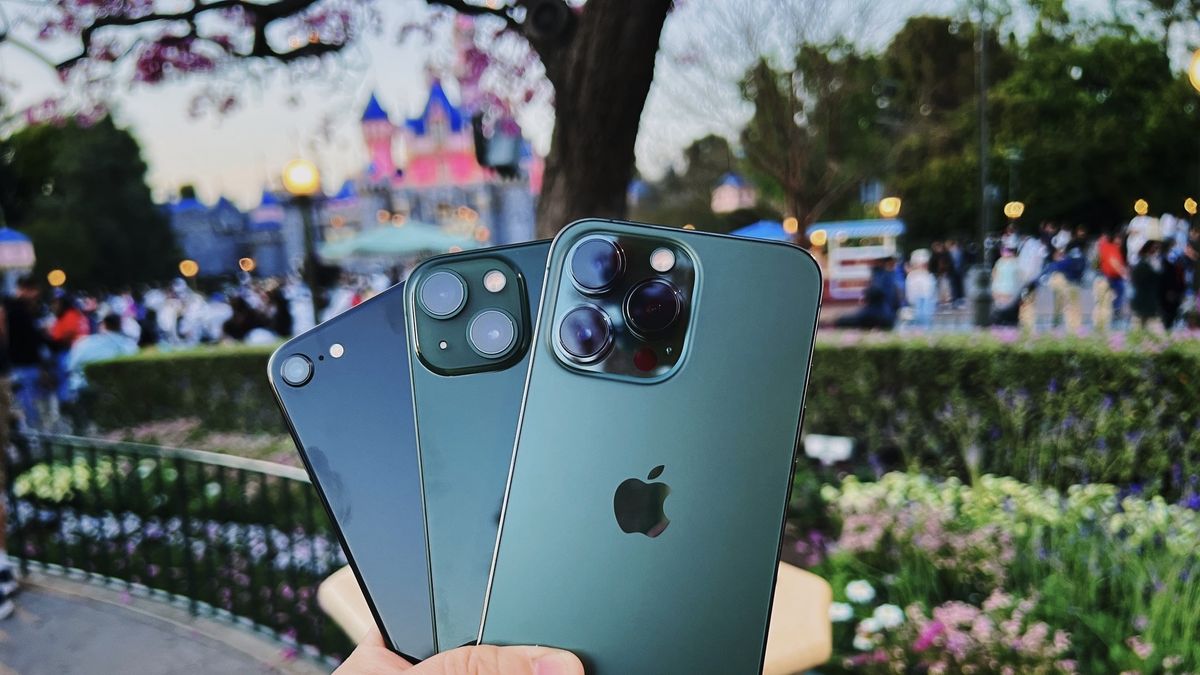When Apple announced that the iPhone 14 would use the same chip as the iPhone 13 series there were some concerns, especially when the iPhone 14 Pro was confirmed to be getting a new one. But iPhone 14 buyers needn’t have worried.
While tests have since shown that the A16 Bionic of the iPhone 14 Pro isn’t a huge improvement over the A15 Bionic of the iPhone 13 series, there might actually be more to it than that. A new report highlights that the iPhone 14 is actually faster in some instances than the older iPhone 13 Pro, despite having the same chip inside.
The reason? It’s all about cooling.
That’s so cool
A new report by the Sidney Morning Herald (opens in new tab) points out that “the standard 14 models have better sustained performance than last year’s Pros, despite sharing the same chip, thanks to some internal shuffling.”
That reshuffling appears to be all about making the iPhone 14 cooler than the iPhone 13 Pro thanks to changes to the way heat dissipates rather than builds up inside the handset.
“This central structural plane [inside iPhone 14] helps to dissipate more heat across the entire surface more consistently,” Richard Dinh, Apple’s senior director of iPhone design, told the newspaper. “This design also introduces our first four-sided stacked main logic board [which] really condenses all the iPhone 14 components in a smaller space and allows us to access the board from either side, for improved repairability.”
Ultimately nobody would have accused the iPhone 13 series of devices of being slow anyway, so the idea of reusing its chip in the iPhone 14 shouldn’t have been a hard one for potential buyers to take. But this news certainly sweetens the deal.
The concept of using older chips looks set to continue with the iPhone 15, too. Rumors already suggest that only Apple’s best iPhones will get an upgraded chip, likely to be called the A17 Bionic.


















.png)


Discussion about this post